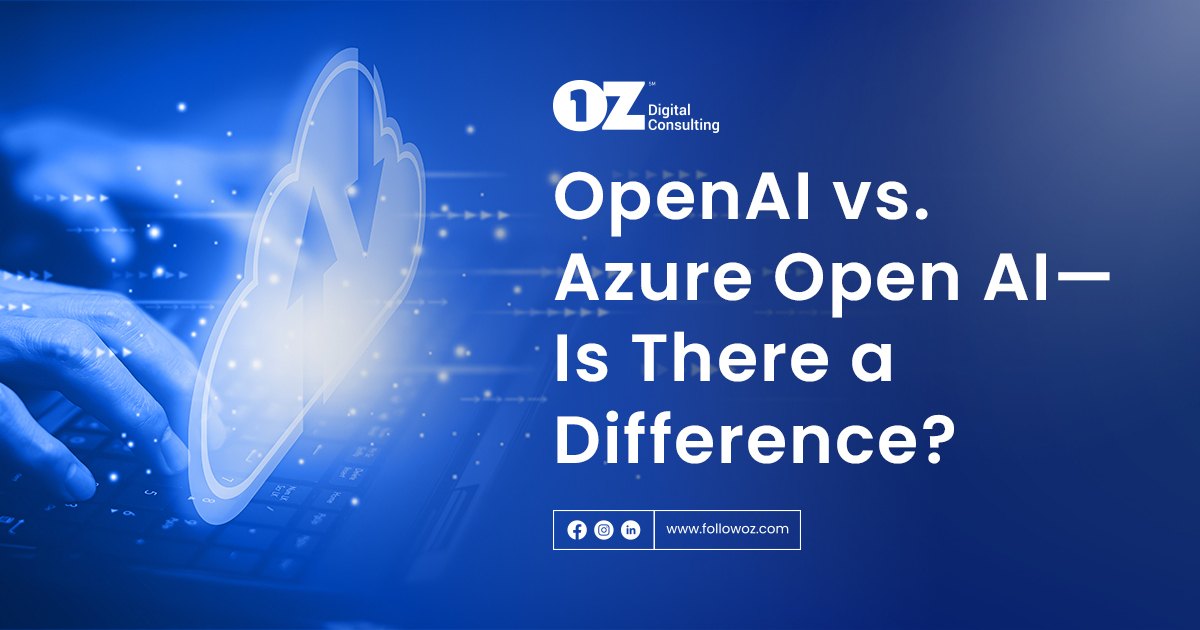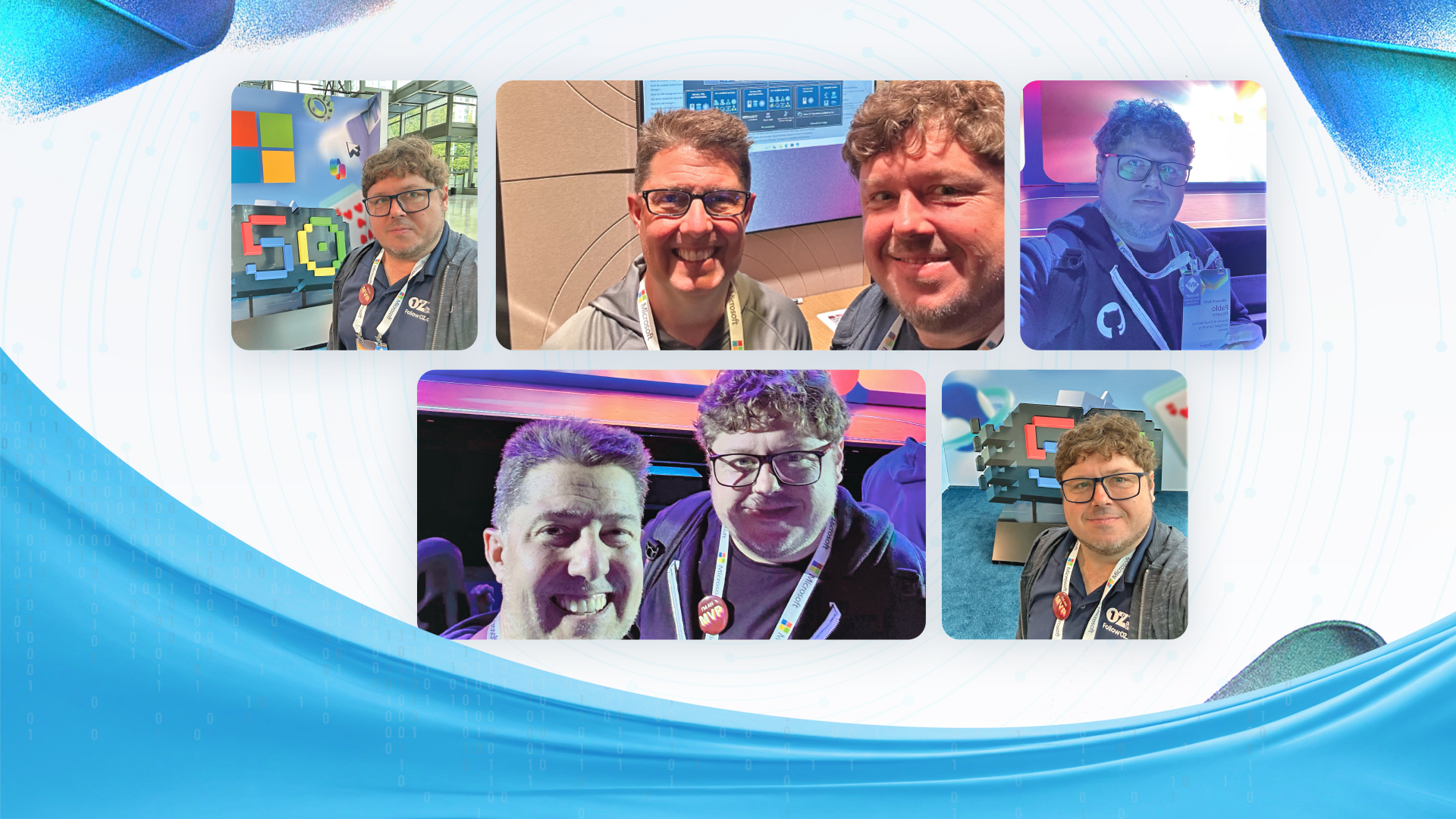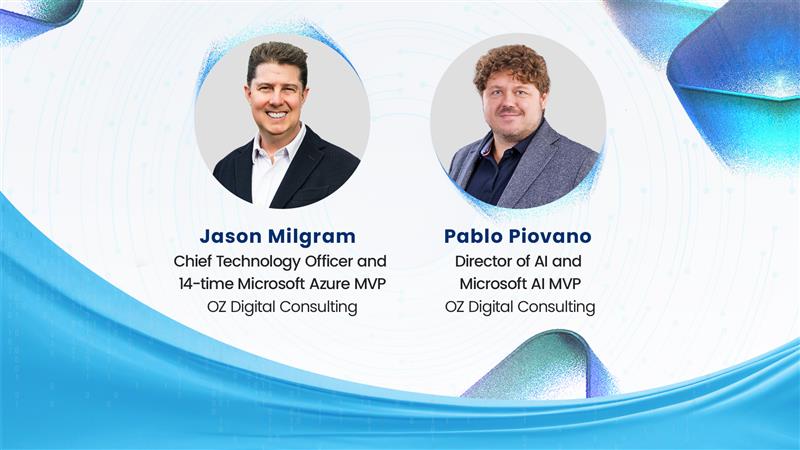— By Jason Milgram, Senior Vice President, Azure Leader
We already know that OpenAI’s bots can pass the bar exam without going to law school, ace AP Biology, and tell kids bedtime stories they want to hear.
But did you know you can now do more with OpenAI—integrate AI-driven insights, automation, and conversational capabilities into your applications, products, and services—through Microsoft’s Azure Cloud platform? This powerful partnership opens up new possibilities for your business.
Before we dive into what this means for you, let’s clear the confusion around this partnership. On online forums such as Reddit and Quora discussion boards abound around topics like “Azure ChatGPT vs. Azure OpenAI,” where people are asking:
“Is the Azure OpenAI Service completely separate from OpenAI (the company)?”
“Azure ChatGPT vs. Azure OpenAI: Are they the same?”
“Is Azure ChatGPT a ChatGPT application hosted on Azure that I can go to instead of chat.openai.com, or is it the same as the chat playground in Azure?”
While OpenAI and Azure OpenAI may sound the same, they’re distinctly different.
Let’s examine the differences. By the end of this, you’ll have a better understanding of how they work together.
What is OpenAI?
OpenAI, the creator of ChatGPT, is one of the world’s leading artificial intelligence (AI) companies. Founded in 2015 as a non-profit, OpenAI has been developing AI solutions since.
In 2016, it launched OpenAI Gym—a set of simulation environments for developing machine learning—and subsequently OpenAI Five in 2017, where AI agents working in teams of five played humans in the computer game DOTA 2.
In 2018, the Generative Pre-Trained Transformer (GPT) language models, called large language models (LLMs), burst onto the scene, catapulting generative AI into the spotlight. These LLMs, GPT-3 in 2020 and ChatGPT in 2022, became so popular they ignited the current AI gold rush.
Other OpenAI models include Whisper, an automatic speech recognition system; DALL-E, an image generation model; CLIP, a neural network that learns visual concepts from natural language supervision; and Jukebox, an AI model that generates music with lyrics.
What is Microsoft Azure?
Microsoft Azure, formerly known as Windows Azure, is Microsoft’s public cloud offering. It offers up to 200 products and cloud services—including compute, analytics, storage, and networking—to build, run, or scale new or existing applications in the public cloud.
It supports all industries with four different forms of cloud computing: infrastructure as a service (IaaS), platform as a service (PaaS), software as a service (SaaS), and serverless functions.
Microsoft charges for Azure on a pay-as-you-go (PAYG) basis, meaning subscribers only get charged for the specific resources and services they use. Third-party vendors could also make software directly available through Azure.
Now that we’ve examined what Open AI and Microsoft Azure are (and aren’t), where does Azure OpenAI fit in? It’s tempting to think they’re the same.
Here’s more to the story.
What is Azure OpenAI?
AI research costs money—and training large AI models requires massive amounts of computing, huge data sets, and specialized AI expertise. Take OpenAI’s ChatGPT as an example. According to Wired, “The latest known GPT model is built on 175 billion parameters and is one of the largest and most powerful yet built. It used 10,000 Nvidia GPUs just for training, with likely more to support actual queries.”
Although Microsoft and AWS provided at least $800,000 worth of cloud services for free to OpenAI in the early years, donations were not enough to keep OpenAI afloat. In 2018, OpenAI needed to raise 30 million dollars for cloud computing.
In 2019, the company dropped its not-for-profit status and made the strategic decision to accept Microsoft’s investment of $1 billion. Since then, OpenAI’s systems have been running on high-performance computing machines in Azure. Microsoft exclusively licensed the GPT-3 models in 2020, and a year later, launched Azure OpenAI, a service that makes these models available to Azure customers.
In 2023, Microsoft announced further investments in OpenAI and, in return, would fully integrate OpenAI’s models into its products.
Azure OpenAI is a managed service that exposes some of the most successful and well-trained models from Open AI as REST API, allowing Azure developers to consume models like GPT-3 and Codex through simple API calls. Enterprise customers running hybrid workloads in Azure within VPCs can gain private and secure access to OpenAI service without using the public Internet to make API calls. Microsoft extended the SLA for Azure Cognitive Services to OpenAI.
Within Azure AI, Microsoft’s cloud portfolio for AI applications, this is done with the Azure OpenAI service, which has been generally available since early 2023. Azure customers can use the capabilities of the latest OpenAI models, including ChatGPT and GPT-4, directly through their Azure subscription.
A Groundbreaking Collaboration
Azure OpenAI, a service born of the partnership between Microsoft and OpenAI, draws on each other’s inherent strengths—Microsoft’s powerful cloud computing and OpenAI’s extensive AI research and capabilities.
This partnership gives you access to OpenAI’s wide range of AI models—including natural language processing, computer vision, and more—through the Azure cloud platform.
“We’re working with Microsoft to start running most of our large-scale experiments on Azure. This will make Azure the primary cloud platform that OpenAI uses for deep learning and AI and will let us conduct more research and share the results with the world,” OpenAI declared about its partnership with Microsoft.
There are three ways Azure OpenAI operates:
- Fine-Tuned Models:Azure OpenAI customizes models based on your training data, also known as creating a fine-tuned or custom model. All you have to do is upload the training data stored in Azure Storage, encrypted by Microsoft Managed keys and isolated using the customer’s Azure subscription and API credentials.
- Text Prompt Processing:Refine the OpenAI models using your uploaded training data. The resulting fine-tuned models are securely stored in Azure Storage, encrypted, and logically isolated with your subscription and credentials. You could have them deleted later as well.
- Prompt Examination:Azure OpenAI, in collaboration with Microsoft, examines prompts to flag instances of abuse, misuse, or the creation of harmful content. Azure OpenAI usually stores these prompts for up to 30 days with your approval.
Advantages
- Simplified Integration
The partnership brings many advantages, chief among them is the seamless integration with Azure Cognitive Services. You can easily integrate your AI applications with other Microsoft Azure services, like Azure Data Lake storage. This gives you more flexibility and control over data processing and analysis, making it easier to build intelligent applications that can process large amounts of data.
- Data Security
With Azure OpenAI, your data is your own and not a part of a wider knowledge pool. That means your data is safe, and you need not worry about sensitive information getting leaked out. The data you submit to Azure OpenAI stays within Microsoft Azure and does not get passed on to OpenAI (the company) for model predictions. Azure has sole control of the data and protects it by having Azure OpenAI automatically encrypt, train data and fine-tune models.
Learn more about how Azure OpenAI meets stringent data governance and security protocols here.
- Pre-trained models
Already fine-tuned on vast amounts of data, pre-trained models make it easier for developers to tap into the power of AI without having to train their own models from scratch.
- Customization
Developers can fine-tune the existing pre-trained models with their own data with little to no coding, enabling more personalized AI applications.
- Scalability and Reliability
Hosted on Microsoft Azure, the service provides robust scalability and reliability. Developers can deploy their AI applications confidently without agonizing over the underlying infrastructure.
- Responsible AI
Microsoft is committed to ensuring that customers adhere to its Responsible AI policies and practices. Microsoft’s Responsible AI Standards is a framework for building AI systems based on six principles: fairness, reliability and safety, privacy and security, inclusiveness, transparency, and accountability.
How to get started with Azure OpenAI
Interested in joining the organizations—from startups to Fortune 500—putting Azure OpenAI to work and driving revenue growth? Contact us.
Explore additional resources to learn about Azure OpenAI:
- Get started with GPT-4 in Azure OpenAI Service in Microsoft Learn.
- Learn more about Microsoft Azure.
- Read more about Azure OpenAI Service and the latest enhancements.



